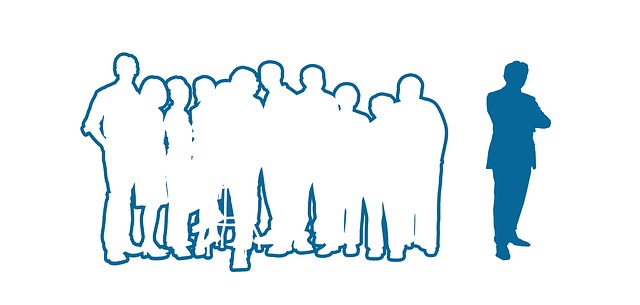Exclusive Relationships

Have you considered the exclusivity of your relationships?
This follows on from the post regarding the value of the data and the priority attached to the relationship or the data. I want to further explore the value of the relationship and shine some light on a different approach.
The Scenario
It’s the same scenario as the previous article, imagine you’re in a store, purchasing a product and you’re asked for your email address. How do you respond? Do you have a default answer? When was the last time you chose a different response and what prompted that change?
Rationale
Depending on how you value your time, how you value access to your time (and distractions) such as providing your email or how you value the privacy of your email address, you’ll respond differently to the request. All of these are currency that can be traded:
- Your time
- Access to your time – this is different to (1) since it relates to an acknowledgement that there is a route to your time, but you can safeguard it. Whereas (1) is more protective of time as a resource or possession.
- The privacy of your email address
These can be traded for items in the following non-exhaustive list:
- Discounts – immediately applied
- Discounts – off future purchases
- A free product/service
- Entry to a competition
- An item/service that others don’t have access to
The one I’m interested in exploring further is 5.
Different Perspectives
Let’s consider two ways of thinking:
- A company asking customers for email addresses so they can email them once a week with slightly reduced clothing that the company wants to sell before it has to sell in bulk to a discounter, so that it can clear space for the new season’s stock.
- The concept of fashion store charging for admission, maintaining exclusivity and ensuring that the experience warrants charging for entry.
That first option is the one followed by the majority of companies. We have to question, just how big a financial incentive is required to gain valuable email addresses/contact details. After all, we primarily want to focus on those people who are most likely to buy. More than that, we want to focus on those that we can convince to buy more than they would have done. It’s a balance between offering enough to get people interested but to keep the discount percentage low enough you’re not losing out. Isn’t this the attitude of 95% of retail companies? But it doesn’t feel an equal relationship. We’ll continue to explore the impact on emails, but recognise that there are other, more modern and interactive channels available as well.
That second option introduces another concept that alters the relationship. It focusses on entertaining the customer, providing a valuable experience that the customer would pay for.
Now let’s extrapolate that further by using the same principles.
Can we develop a mailing list that people would pay to be on?
What would we have to offer that customer in order for them to want to pay to access it?
Following the fashion store concept from above, exclusivity is the angle. That fits (5) as above. Instead of a situation where the item of value is the email address and we request that item so we can use it as the channel to contact the customer/prospect, we end up with a situation where the email address becomes the channel but is offered to us (potentially along with payment) so that the customer can access the list. The relationship is reversed.
Nightclubs, restaurants and social clubs/business clubs have been using exclusivity for decades (and centuries in some cases). This isn’t new. Before email, there were postal lists you could pay to be on. Again, this isn’t new.
That relationship reversal then implies one of two choices:
- We provide a service centred on exclusivity and customers will pay to access that service via an email list. But the service/product is what they want access to. Or
- We provide a service that is in the email content itself. And customers pay to receive that email.
The first is similar to exclusive wine clubs, members clubs, etc. The channel isn’t important, it’s the end product that counts. There’s little value to the email itself; it’s a conduit or an access channel to the product. Some of the crowd-funding platforms such as Kickstarter blend the mass-market with the exclusive by restricting access to early adopters or sponsors.
The second is interesting because it would have to be a information-only service since it’s delivered over email. We’re then left with the question of what content could be provided with a degree of exclusivity and create a demand from prospects? For that, we can look to previous centuries (and the current century and stock market information). The value is in the effort, skill and knowledge involved in the financial analysis that isn’t in the email. Part of the perceived value is in the brand and reputation. Hence the existence of con artists creating ponzi schemes on the back of fabricated or incremental reputations.
Conclusion
We’ve covered the concepts of the items of value that a potential consumer could be traded, the items that they could be traded for, explored the idea of creating a chargeable service and how exclusivity could apply to that service.
Where does that leave us?
We could create exclusivity in our relationship with customers by restricting the size of the segment (e.g. first 100), we could offer that email for a cost, we could create a difference in the products/services specific to the segment or we could create an exclusive product where the channel communication itself is the product.




Recent Comments